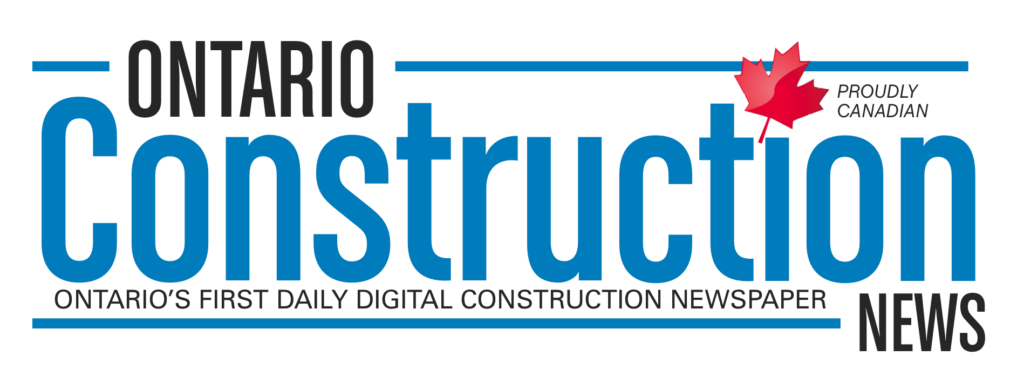Ontario Construction News staff writer
Respondents to the first quarter 2020 Canada Construction and Infrastructure Survey from the Royal Institute of Chartered Surveyors (RICS) are reflecting the impact of the spread of the pandemic, as fears about implications for economic activity have deepened.
Despite a huge array of government fiscal interventions (worth in the region of 14 per cent of GDP), the recovery process is likely to prove quite protracted, the organization says in a statement.
RICS: First quarter 2020 Canada Construction and Infrastructure Survey
“It is clear that professionals expect governments to boost infrastructure spending on the road to economic recovery,” said RICS senior economist Sean Ellison. “This will provide a ray of light amid the gloomier outlook for the sector, perhaps pointing to a way out of the current downturn.”
The suspicion that the legacy of the pandemic will cast a shadow over the construction and infrastructure sectors for some time to come is evident in the forward looking metrics contained in the survey. Workloads are anticipated to remain subdued over the next 12 months, with employment projected to drop and, most notably, profit margins viewed as coming under pressure.

In net balance terms, the headline reading for the latter has turned around from +28 to -32 as concerns have grown about the pricing environment in a more challenging market.
Despite the overarching shift in the narrative regarding the delivery of construction and infrastructure projects for the time being, shortages of skills and labour more generally continue to be highlighted as obstacles to activity by contributors to the survey (with the inference that they will again be relevant when the lockdown ends).
That said, the proportion of respondents signalling concerns about these issues has diminished somewhat since the end of last year. For skills, the proportion identifying this to be a problem has dropped from over 60 per cent to less than 50 per cent. And for the wider category of labour, it has slipped from just under 60 per cent to close 40 per cent.
Predictably, insufficient demand is now viewed as more of threat with an increasing number of responses noting material shortages as a barrier. Financial constraints remain an ongoing theme although encouragingly for now at least, this issue doesn’t appear to be worsening.
As shown in the below chart, there is a substantial disparity in conditions based on geography. In net balance terms, workloads in the Prairies and Northwest Territories contracted at a much quicker pace than in other parts of the country. The bulk of respondents in this region are based in Alberta and also dealing with the fallout from the collapse in oil prices. This dynamic is mirrored in other metrics, most notably expectations for tender prices and construction costs, where deflation appears to be a significant risk
Sheila Lennon, Chief Executive Officer, Canadian Institute of Quantity Surveyors, said: “Three months ago, the skilled labour shortage was top of mind for survey respondents, whereas today the focus has shifted more towards dealing with shrinking profit margins, material shortages, and customers reluctant to continue work. The fluidity of the Covid-19 pandemic has forced individual companies and entire industries to find creative and adaptive solutions to navigate what is becoming the ‘new normal’ of doing business.”
Survey methodology
Survey questionnaires were sent out on 11 March 2020 with responses received until 16 April 2020. Respondents were asked to compare conditions over the latest three months with the previous three months as well as their views as to the outlook. A total of 1,323 company responses were received globally. Results are collated at a country level with regional results only reported if a minimum of ten responses received. Responses in Canada were collected in conjunction with the Canadian Institute of Quantity Surveyors. Responses in the United States were collected in conjunction with the Association for the Advancement of Cost Engineering.

